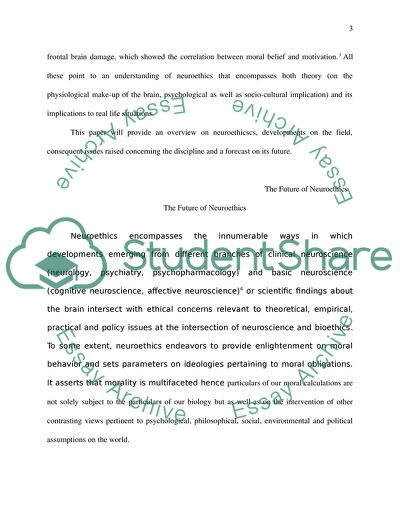Cite this document
(The Future of Neuroethics Term Paper Example | Topics and Well Written Essays - 3250 words, n.d.)
The Future of Neuroethics Term Paper Example | Topics and Well Written Essays - 3250 words. https://studentshare.org/ethics/1713562-neuroethics
The Future of Neuroethics Term Paper Example | Topics and Well Written Essays - 3250 words. https://studentshare.org/ethics/1713562-neuroethics
(The Future of Neuroethics Term Paper Example | Topics and Well Written Essays - 3250 Words)
The Future of Neuroethics Term Paper Example | Topics and Well Written Essays - 3250 Words. https://studentshare.org/ethics/1713562-neuroethics.
The Future of Neuroethics Term Paper Example | Topics and Well Written Essays - 3250 Words. https://studentshare.org/ethics/1713562-neuroethics.
“The Future of Neuroethics Term Paper Example | Topics and Well Written Essays - 3250 Words”. https://studentshare.org/ethics/1713562-neuroethics.


